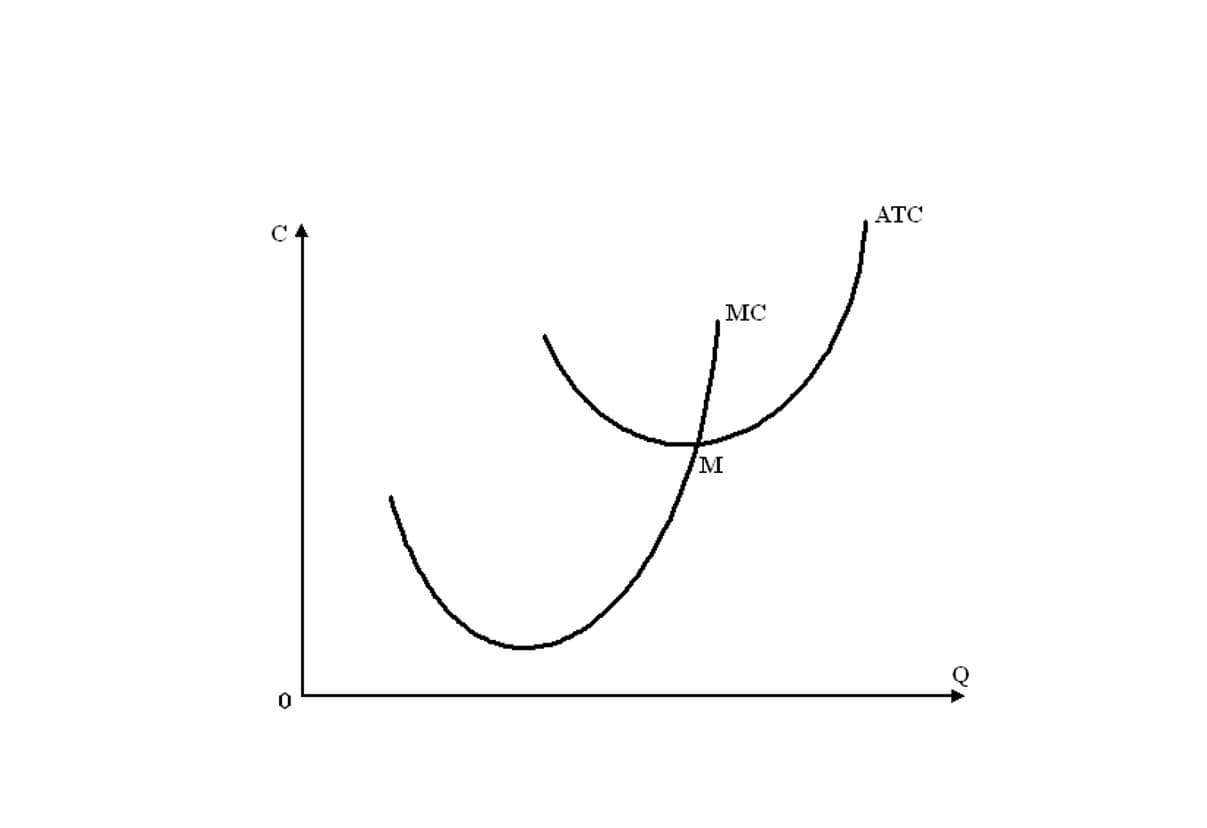LIFO Reserve Meaning and How to Calculate It

GAAP sets accounting standards so that financial statements can be easily compared from company to company. GAAP sets standards for a wide array of topics, from assets and liabilities to foreign currency and financial statement presentation. The LIFO method is used in the COGS (Cost of Goods Sold) calculation when the costs of producing a product or acquiring inventory has been increasing. LIFO, or Last In, First Out, is an accounting system that assigns value to a business’s inventory. It assumes that newer goods are sold first and older goods are sold afterward. LIFO reserve refers to the amount by which your business’s taxable income has been reduced as compared to the FIFO method.
How to calculate FIFO?

The LIFO reserve is the amount by which a company’s taxable income has been deferred, as compared to the FIFO method. This is because when using the LIFO method, a business realizes smaller profits and pays less taxes. We’ll explore the basics of the LIFO inventory valuation method as well as an example of how to calculate LIFO. We’ll also compare the LIFO and FIFO inventory costing methods so you can choose the right valuation system for your business. If you use a LIFO calculator as an ending inventory calculator, you will see that you keep the cheapest inventory in your accounts with inflation (and rising prices through time).
LIFO, Inflation, and Net Income
The LIFO reserve is an account used to bridge the gap between FIFO and LIFO costs when a company uses the FIFO method to track its inventory but reports under the LIFO method in the preparation of its financial statements. Despite its forecast, consumer demand for the product increased; ABC sold 1,000,000 units in year four. However, there is mixed evidence regarding whether men’s or women’s well-being is more affected by marriage. On the one hand, a number of studies have documented that marital status differences in both mental and physical health are greater for men than women (Liu & Umberson, 2008; Sbarra, 2009).
- The FIFO (“First-In, First-Out”) method means that the cost of a company’s oldest inventory is used in the COGS (Cost of Goods Sold) calculation.
- FIFO can be a better indicator of the value for ending inventory because the older items have been used up while the most recently acquired items reflect current market prices.
- FIFO is more common, however, because it’s an internationally-approved accounting methos and businesses generally want to sell oldest inventory first before bringing in new stock.
- Therefore, we can add up all the units sold and then look at what we have on hand.
- Last in, first out (LIFO) is a method used to account for business inventory that records the most recently produced items in a series as the ones that are sold first.
FIFO vs. LIFO Accounting: What is the Difference?
LIFO is used to calculate inventory value when the inventory production or acquisition costs substantially increase year after year, due to inflation or otherwise. Even though this method demonstrates a drop in company profits, it helps with tax savings due to higher inventory write-offs. FIFO uses the First in First out method where the items made or purchased first are sold out which is why it is easy and convenient to follow and implement for companies and businesses. Businesses usually sell off the oldest items left in the inventory as they might become obsolete if not sold further.

As inventory is stated at price which is close to current market value, this should enhance the relevance of accounting information. By contrast, the inventory purchased in more recent periods is cheaper than those purchased earlier (i.e. older inventory costs are more lifo equation expensive). Since the inventory purchased first was recognized, the company’s net income (and earnings per share, or “EPS”) will each be higher in the current period – all else being equal. Based on the information we have as of January 7th, the last units purchased were those on January 3rd.

Cost of goods sold is an expense for a business, meaning it will also have tax implications. This produces a higher taxable income, so a business will typically have to pay more in taxes. Gross income is calculated by subtracting contribution margin the cost of goods sold from a company’s revenue for a given period. Therefore, when COGS is lower (as it is under FIFO), a company will report a higher gross income statement.
Average Cost

Kristin is also the creator of Accounting In Focus, a website for students taking accounting courses. Since 2014, she has helped over one million students succeed in their accounting classes. To calculate total cost of goods sold, add the cost of each of the sales.


